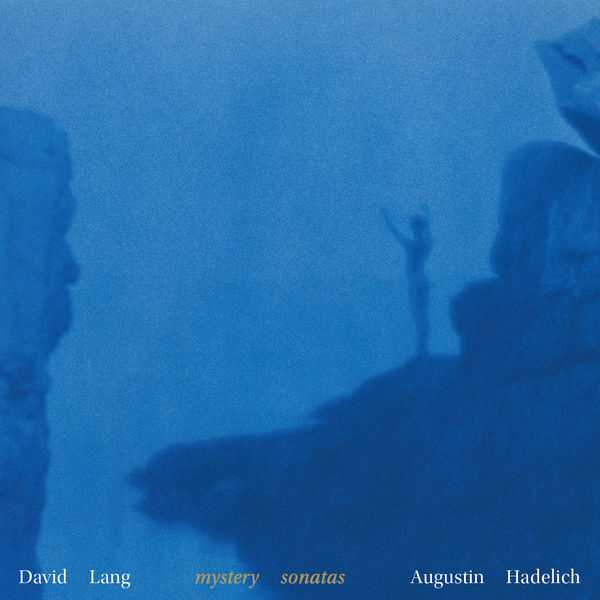

Composer: David Lang
Performer: Augustin Hadelich
Format: FLAC (tracks)
Label: Cantaloupe
Catalogue: CA21142
Release: 2018
Size: 777 MB
Recovery: +3%
Scan: yes
Mystery Sonatas
01. No. 1. Joy
02. No. 2. After Joy
03. No. 3. Before Sorrow
04. No. 4. Sorrow
05. No. 5. After Sorrow
06. No. 6. Before Glory
07. No. 7. Glory
Back in April 2014 at Carnegie’s Zankel Hall, Augustin Hadelich’s performance of David Lang’s ‘mystery sonatas’ was praised by the New York Times as a riveting display of “magisterial poise and serene control.” That same magic penetrates this starkly beautiful recording of the work, played by Hadelich on the exquisite 1723 “ex-Kiesewetter” Stradivari, on loan to him by its current owners since 2011. Lang based his ‘mystery sonatas’ on the famous pieces by Heinrich Ignaz Franz von Biber, but with a modern twist. “I decided to make my own virtuosic pieces about my most intimate, most spiritual thoughts,” he explains, “[but] mine are not about Jesus, and the violin is not retuned between movements. I did keep one of Biber’s distinctions. He divides Jesus’s life into three phases—the joyous, the sorrowful, and the glorious. The central pieces of my mystery sonatas are called ‘joy,’ ‘sorrow,’ and ‘glory,’ but these are all quiet, internal, reflective states of being.”
It goes without saying that the title “Mystery Sonatas” by David Lang (born in 1957) is based on the Rosary Sonatas, also known as the “Mystery Sonatas”, written in 1678 by Ignaz Biber. That said, Lang deviates from the model in several ways: his sonatas are for solo violin, while Biber accompanied some of them with a continuo. What’s more, Lang does not use the “scordattura” technique, the unusual violin tuning used by Biber to create incredible sonorities. This is not to say that Lang’s work is not extraordinary, especially when you consider he wrote it for violinist Augustin Hadelich, who records it here as a world premiere. Another bridge between Lang and Biber is the three-part design: joy, pain and glory. Lang’s affiliation with the minimalist movement is of course evident; however, his frequent incursions into rock, modernism and mockery have no place here, as he seeks above all to express an introspection around the mysteries – religious or otherwise – of life and beauty. Here, Hadelich beautifully takes all the composer’s conceptions into his own hands.



